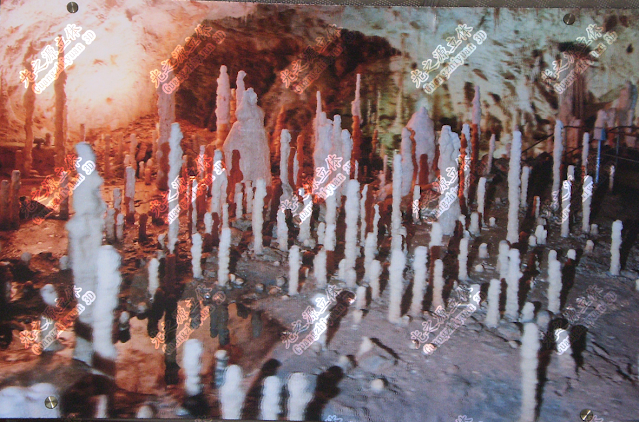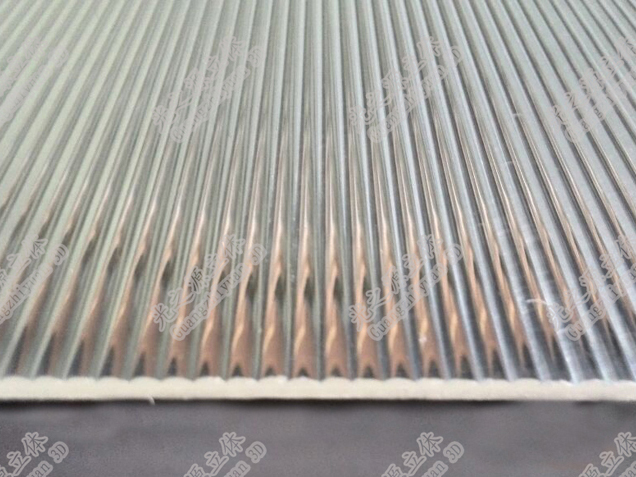Get a Brief Explanation of Lenticular Printing
Optics may be used to create illusions of depth and motion in
print. The technique is referred to as lenticular, and the results can include
any blend of motion, stereoscopic depth (3D Lenticular Decorative), and
abrupt transitions (flips).
It works especially well with today's high-resolution UV inkjet
printers that can print straight on plastics. In the first of two articles, we
first examine lenticular printing's definition and method of manufacture.
A printed backing layer and a transparent plastic lens front
layer are combined in lenticular printing.
Many people probably first experienced lenticular print as
youngsters, in novelty items like bubblegum cards and toys where, depending on
how it is turned towards your eyes, the picture may switch between two or three
scenarios. Novelty greeting cards, book covers, or lenticular decorative printing depictions
of tigers and dolphins are still the most popular uses. A shame because
well-executed big-size lenticulars may make an appealing creative or
promotional medium, but most are just badly manufactured kitsch.
Although most retail consumers prefer one of the animated
approaches because movement is more eye-catching and the impact is seen at
shorter viewing distances, stereoscopic 3D may be very effective with big
lenses. The effects of 3D are more subtle and aren't visible from all angles or
distances.
Although the picture generation process is meticulous, the print
in a lenticular image is ordinary. It divides a collection of photos into thin
strips and places them side by side (called interleaving).
When viewing small portable pictures, such as those on posters,
you may create the illusion of motion or flipping by shifting your point of
view by moving your head or hands or by walking past or in the direction of the
print. The picture seems to vary as the print moves because the lenses'
diffraction sends distinct image stripes straight into your eyes.
Through the use of parallax, which causes each of your eyes to
perceive a separate light path through the lenses—one set for the left half and
the other set for the right—stereoscopic depth is created, which your brain
interprets.
Lens selection
In general, the lenses will be positioned horizontally for pictures like posters that people walk by and vertically for those they walk towards. The lenses from 3D lenticular decorative manufacturer are always vertical.





Comments
Post a Comment